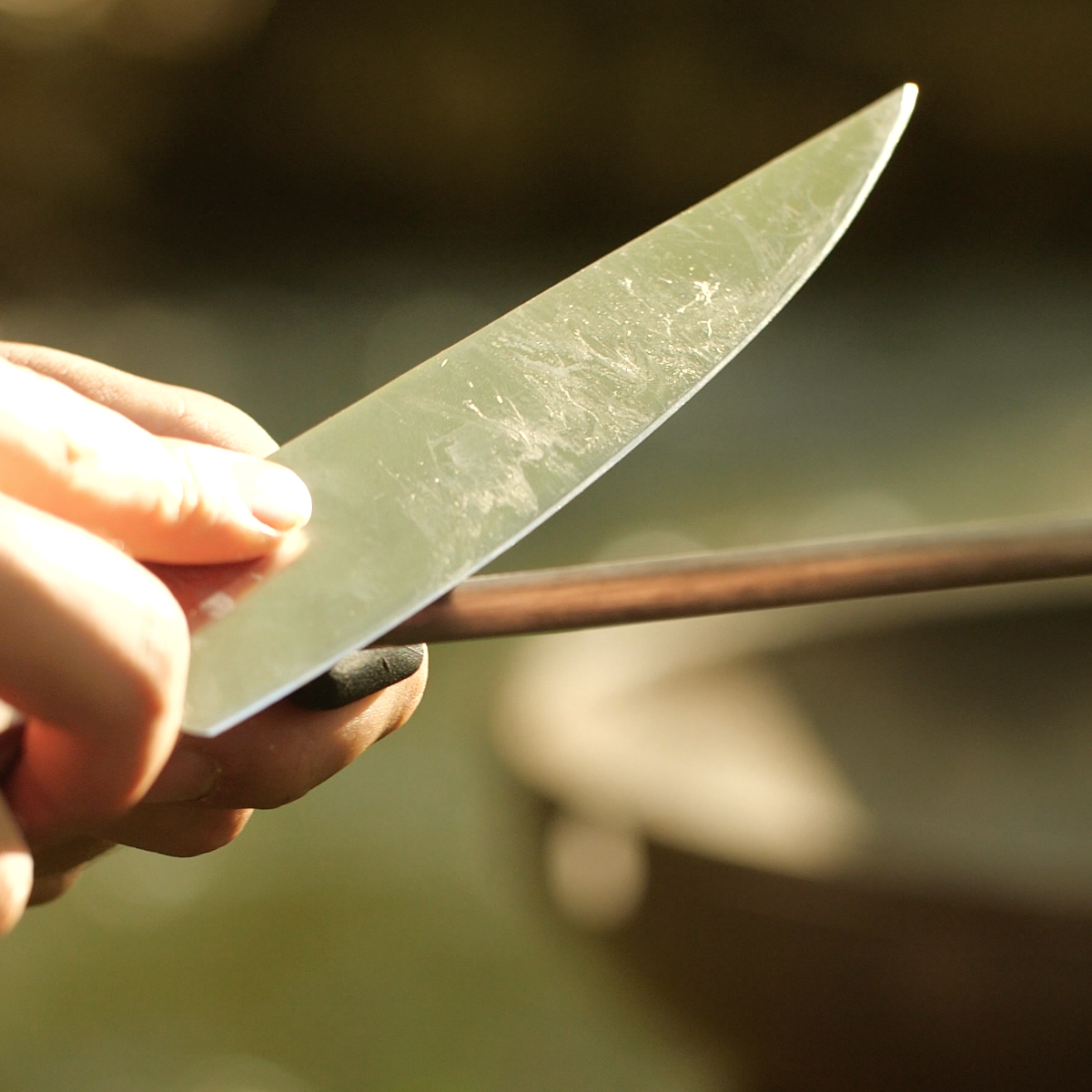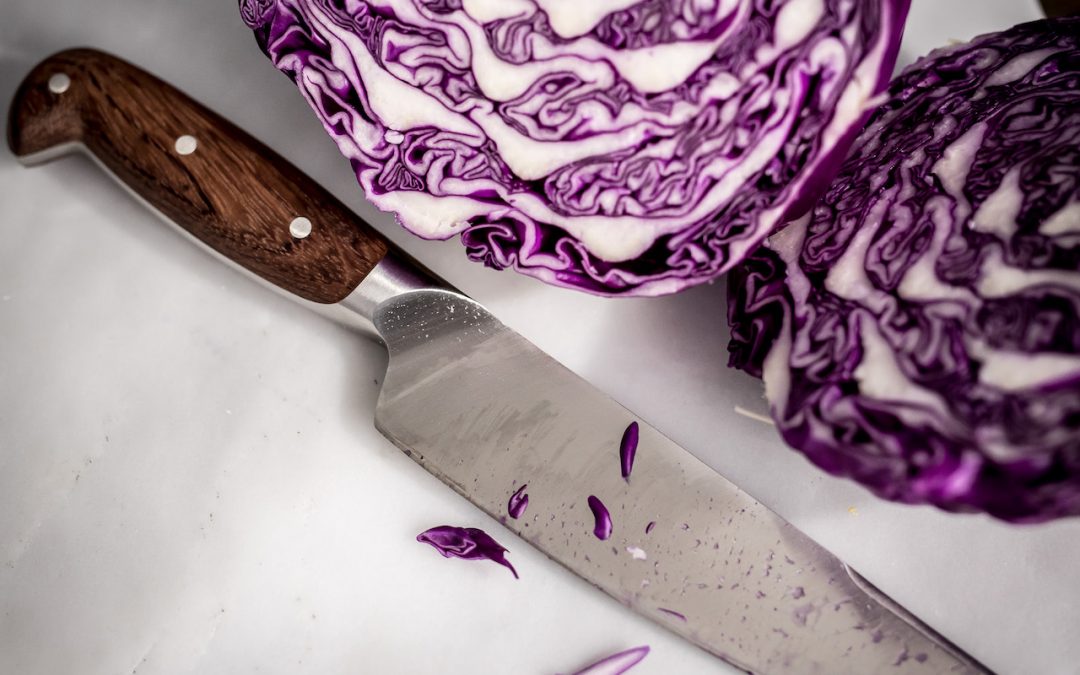The kings of kitchen utensils, knives come in many different shapes, sizes, and areas of usage. From the common dinner knife to the elegant blade of a Santoku or your common chef knife, each piece of cutlery is a work of art and craftsmanship of its own and although they all differ in practicality, they do however have one thing in common: the need to be looked after. Just as you shouldn’t be using metal on your nonstick pan (we sincerely hope you’re not), you shouldn’t put your prized cutter in the dishwasher or use it on a glass cutting board. In this guide, we’ll teach you how to extend the lifespan of your knives, not only preserving their cutting edge standard but also taking them to bleeding-edge levels – fingers beware.

Cleaning Your Knife
You might think that a knife you’ve spent half a salary on would need an equally extravagant cleaning ritual. That is not the case. The best way to care for your knife’s hygiene while also maintaining its edge is simple, and it’s old fashioned soap and water directly after usage. Letting whatever you’ve been cutting dry on the blade makes for tougher cleaning and we want to avoid the risk of forgetting our knife soaking in water. The worst thing you can do to your knife, however, is putting it in the dishwasher. Most high-end cutlery will not live up to the wear and tear from the dishwasher. With high water pressures all around it, your knife is bound to bump into its surroundings, thus having its edge damaged and dulled.
Knife Maintenance
You’ve methodically kept your knife clean and in pristine condition, but even that won’t stop it from wearing and growing dull after each use. Whether a gourmet chef or new to the kitchen you will not regret putting a little extra elbow grease into maintenance. The best chef knives can not stand the test of time without proper care and maintenance. Fret not, there’s a solution, and it’s knife honing. It’s a common mistake to use honing and sharpening interchangeably but honing, the straightening of an already sharp edge, is usually what needs to happen instead of sharpening, grinding to create a new edge and thus actually wearing the blade down. With that said, the product you need is, even on an industry level, a misnomer itself, namely sharpening steels (or honing rods as they’re actually called). Just as knives they come in different shapes depending on the level of honing you want to achieve. Round honing rods are most likely the ones that come to mind when you hear about honing rods and for good reason, as they’re the most common as quick and easy to use.

Honing is the straightening of an already sharp edge.
Storing Your Knife
If moving around a dishwasher can damage your knife, imagine what poor storage can do, not to mention the risk it can pose to your fingertips. While storing them in a snug, compartmentalized kitchen drawer isn’t a bad way to go, there are more accessible (and aesthetically pleasing) ways of going about it. The most common choices, magnetic wall strips and countertop docks, keep your knives visible and easy to reach while also minimizing harmful contact with their surroundings.

Closing
Feeling excited about your new knife knowledge but still lacking a knife to apply it to? NoBox’s Chef Knife works for almost all occasions with incredible sharpness, durability, and an ergonomic handle. Don’t let its German-grade level stainless steel frighten your wallet though; it’s affordable and easy to maintain. Did we mention it looks great? For your new favorite kitchen knife or all purpose blade, make sure to check out our growing selection.


Recent Comments